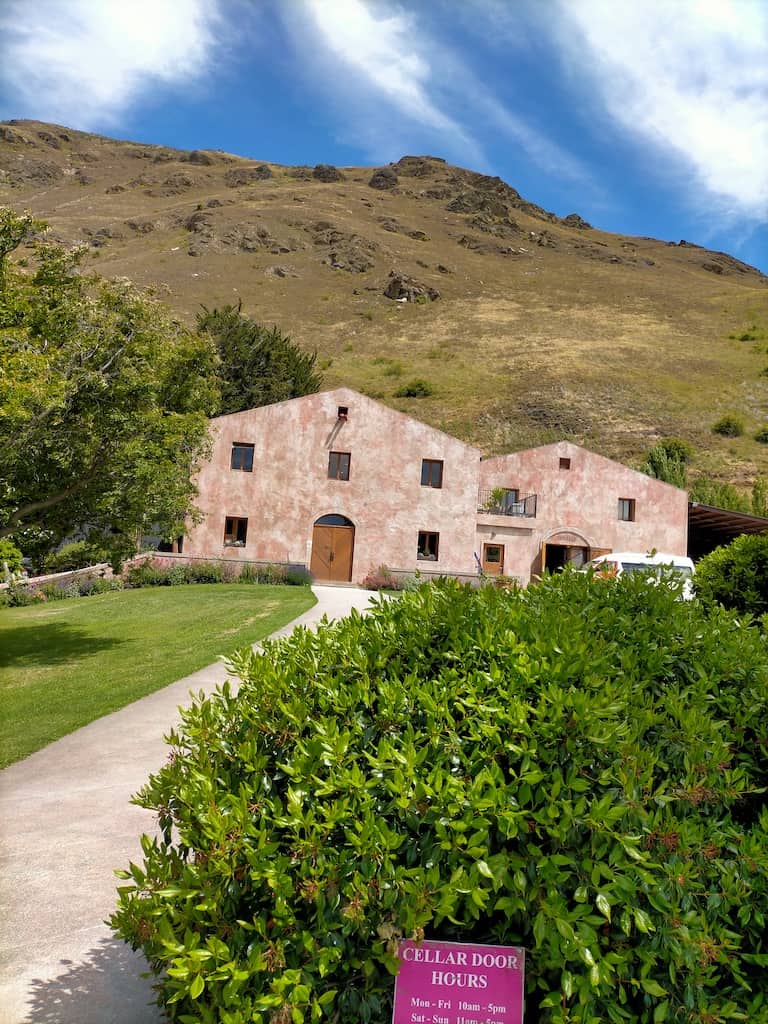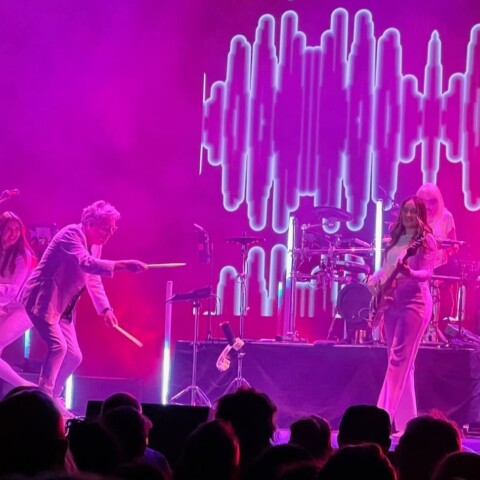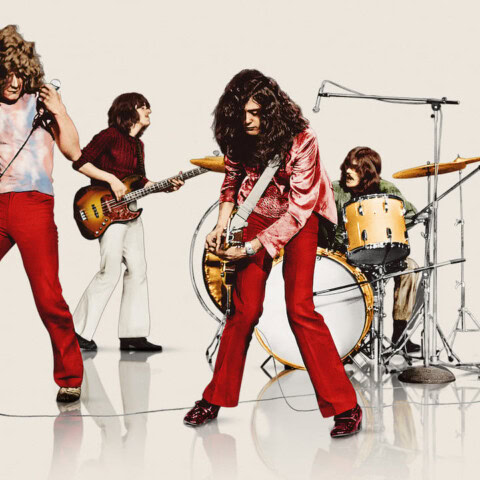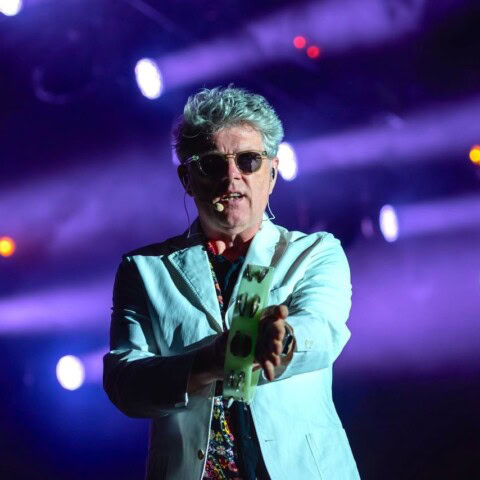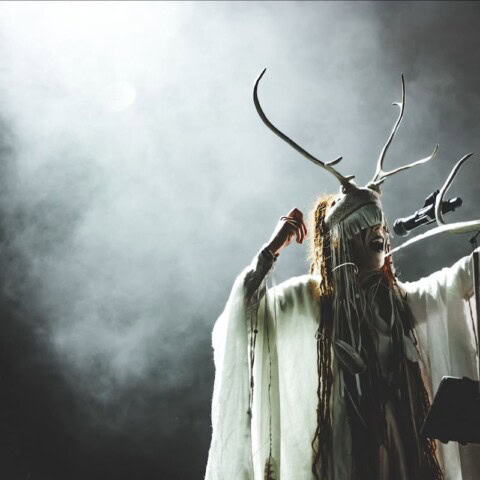The national orchestra has announced a season notable for Beethoven, Stravinsky and the effects of penury. RICHARD BETTS takes a look.

The New Zealand Symphony Orchestra (NZSO) recently announced a small but perfectly formed 2021 season.
Would you like to support our mission to bring intelligence, insight and great writing to entertainment journalism? Help to pay for the coffee that keeps our brains working and fingers typing just for you. Witchdoctor, entertainment for grownups. Your one-off (or monthly) $5 or $10 donation will support Witchdoctor.co.nz. and help us keep producing quality content. It’s really easy to donate, just click the ‘Become a supporter’ button below.
The headline gig is Kia Kotahi (11 September), a performance of Beethoven’s 9th symphony with the Ode To Joy section sung in te reo Maori. The concert, to be conducted by the wonderful Marin Alsop, is a holdover from this year, as is the NZSO’s other major Beethoven piece, the Missa Solemnis, with Vasily Petrenko atop the podium. The solo singers are a quartet of impressive Covid refugees who would ordinarily be plying their trades in Europe or America: Kristin Darragh, Madeleine Pierard, Paul Whelan and Simon O’Neill.

Pleasingly, there’s a lot of Stravinsky, marking 50 years since the death of the 20th century’s most important composer.
Across the NZSO’s flagship Podium Series, we get all three of the ground-breaking early ballets: Petrushka (coupled with Anna Clyne’s swirling miniature Masquerade, and pianist Stephen de Pledge playing Ravel’s G Major concerto), The Firebird (with Mozart’s Piano Concerto No.23) and The Rite Of Spring, the latter with Gemma New conducting and visuals provided by the creative video team Nocturnal.
Keep an ear out too for Fantastique in May, which features conductor Holly Mathieson leading the orchestra in Berlioz’s nominal symphony, and works by Takemitsu and ex-pat Kiwi Dorothy Ker.

Away from the actual music, a few things stand out. First, the orchestra has named a bunch of international conductors – though no international soloists – in its programme, among them superstars Petrenko and Alsop. That’s brave. These aren’t the sorts of people you’d ordinarily expect to suffer a couple of weeks in quarantine. Fingers are no doubt being crossed for an open border.
Also of note is that this is a small season, with fewer concerts in fewer towns than usual.
That’s related to the third noteworthy point: the NZSO will travel with the Royal New Zealand Ballet (RNZB) in a programme of Stravinsky (natch), plus Mendelssohn’s A Midsummer Night’s Dream. This is unusual; the NZSO does not see itself as a pit orchestra, and the RNZB tends to play with cheaper, local orchestras when it tours.
Those looking for reasons to explain the about-face and the lack of concerts in 2021 are directed to this comment from NZSO CEO Peter Biggs:
“[A] combination of the impact of Covid-19 and limited government funding has meant the NZSO in 2021 will not deliver to New Zealanders everything the [o]rchestra planned to do.”

In short, the orchestra wants more cash. The NZSO did not respond to a request for information about what had to be cut.
Coming on top of a less pointed editorial about arts funding written by Biggs and published by Stuff, the pleading of poverty caused eyebrows to be raised across the arts community.
The NZSO is our best-funded performing arts organisation and is guaranteed public money through an act of Parliament. Most arts organisations have to apply annually to a funding body – Creative New Zealand – and can never be sure that their requests will be approved. Even a major band like the Auckland Chamber Orchestra, for example, receives no CNZ funding and covers its costs through charitable grants and donations, and audience koha. With a lot of its money guaranteed, the NZSO has a reputation for trailing behind other arts groups when it comes to in-house fundraising. Moreover, there’s a rumour that because Covid meant it barely had to tour in 2020, the NZSO finished the year financially better off than expected.

None of which means that Biggs is wrong. We do need to re-examine arts funding; too many arts practitioners at all levels are struggling. It appeared small steps were being made in the orchestral sector seven or eight years ago when the previous government, through then Minister for Arts, Culture and Heritage Chris Finlayson, undertook a review, the first such survey for a generation. Finlayson ignored the recommendations, which was just as well because the resulting document was lightweight and amateurish, and the whole thing was quietly shelved.
With money swishing around as part of the Covid recovery plan, there’s never been a better time to rethink the arts sector.








